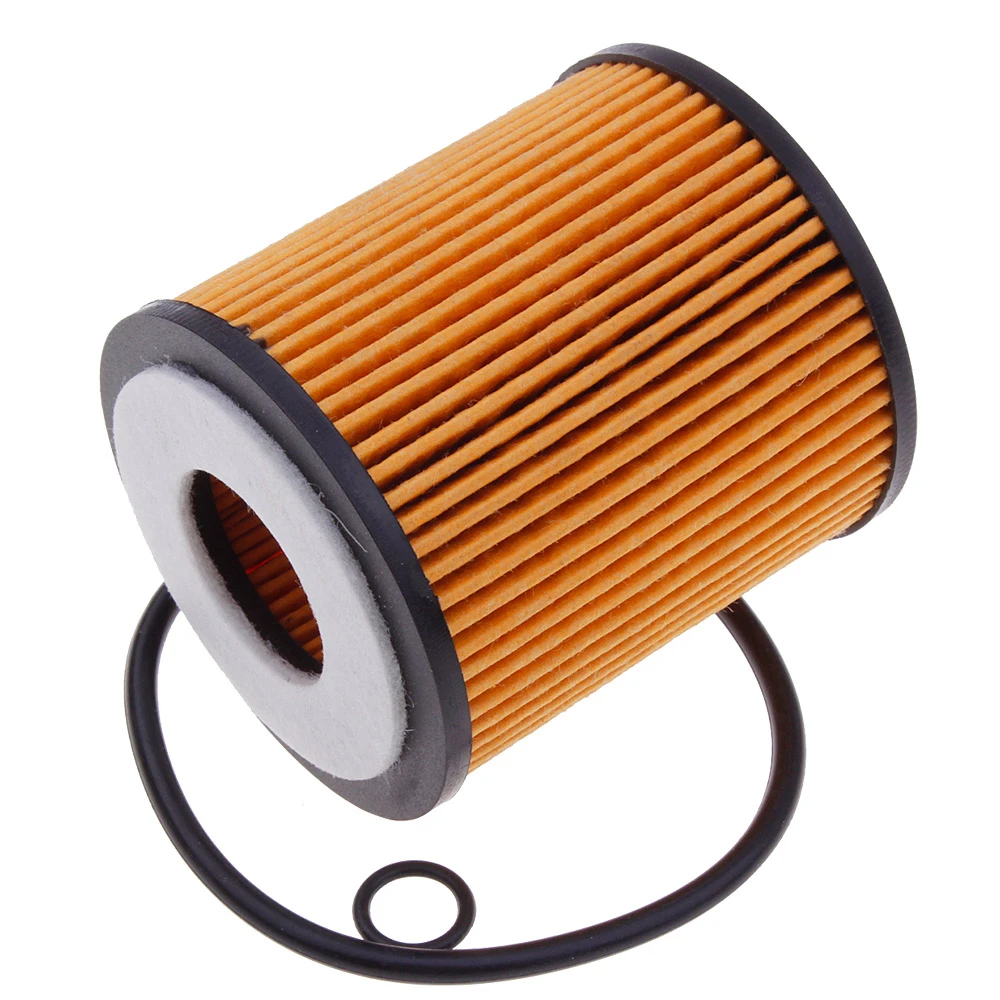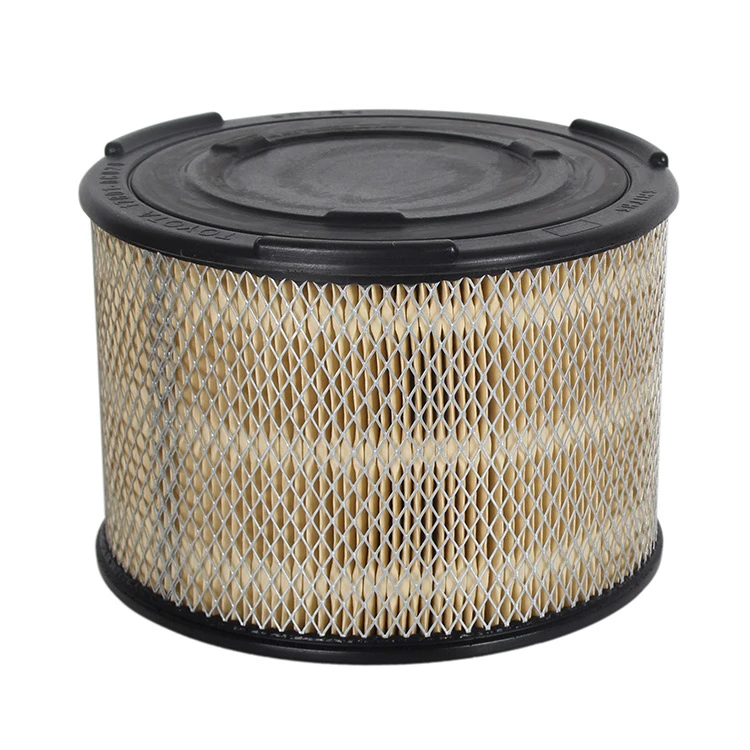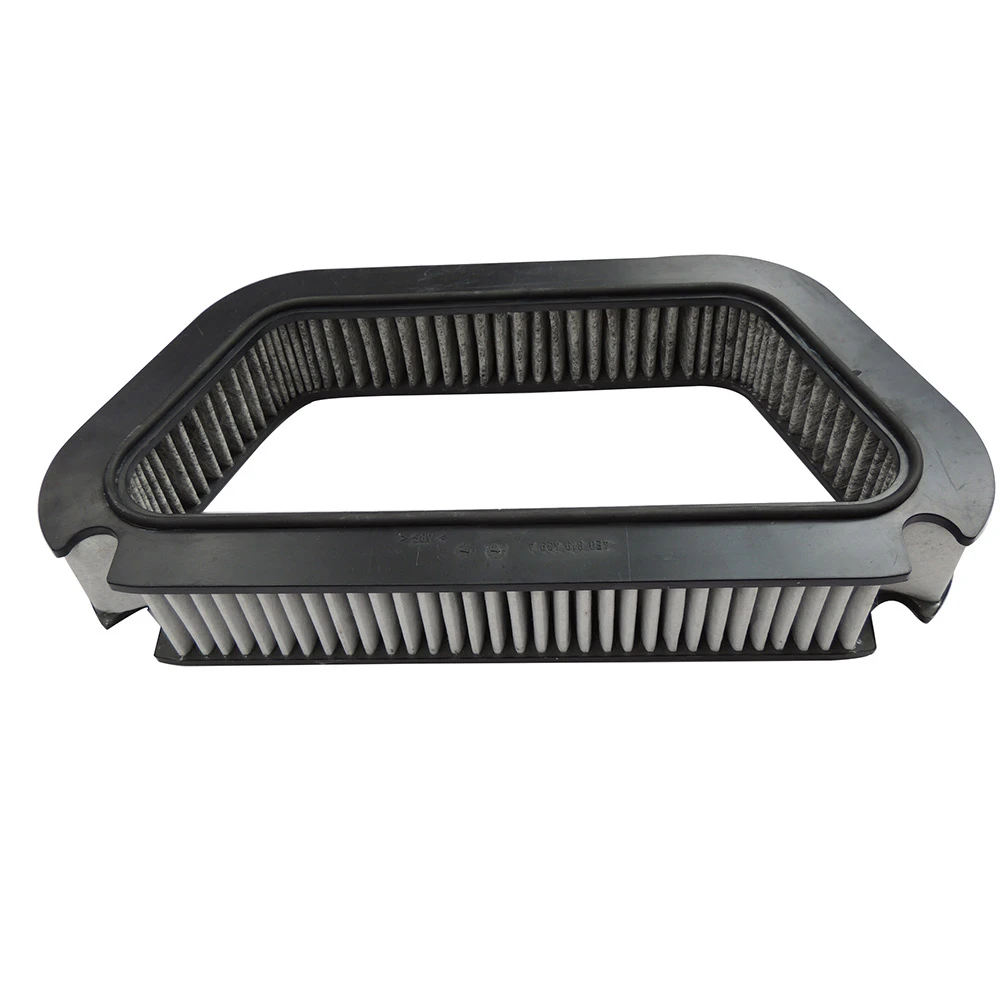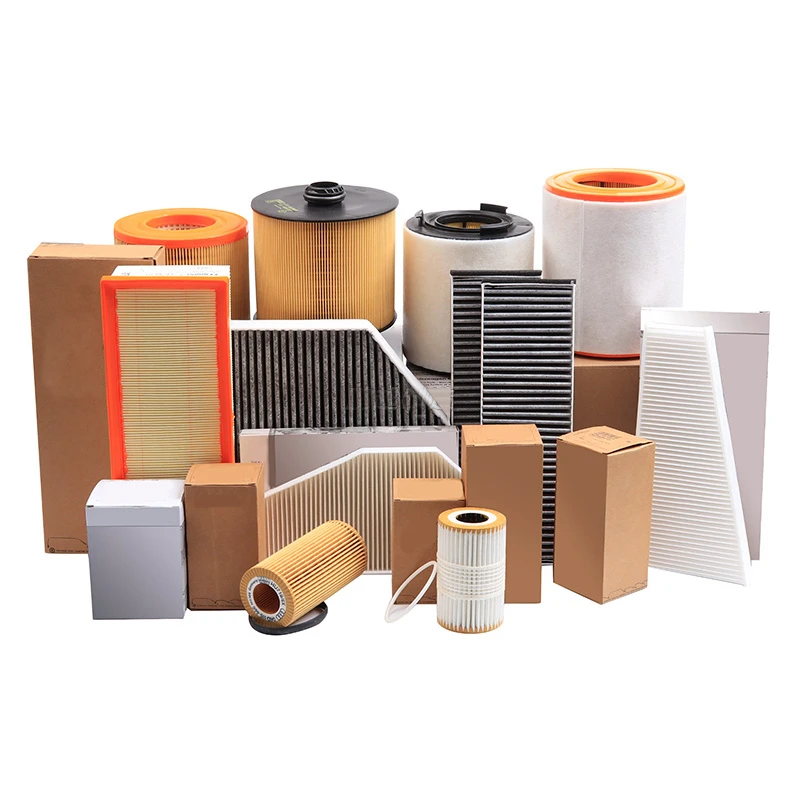
Maintaining the air quality inside your vehicle is essential not only for comfort but also for health and system efficiency. A key component in this process is the car aircon filter replacement, which keeps your vehicle’s ventilation system functioning smoothly while filtering out dust, pollen, and pollutants. Along with cleaning cabin air filter practices and awareness about the role of the air cabin filter car, regular maintenance of both the cabin filter and engine filter ensures your car operates at its best, providing a pleasant driving environment and protecting critical engine functions.

When and Why You Need Car Aircon Filter Replacement
The car aircon filter replacement is a crucial maintenance step to ensure clean airflow through your vehicle’s HVAC system. Over time, the filter accumulates dust, dirt, pollen, and other airborne particles that reduce its effectiveness. A clogged filter results in diminished air circulation, unpleasant odors, and increased strain on the air conditioning unit, which can cause premature wear and inefficiency.
Manufacturers generally recommend replacing the car aircon filter every 12,000 to 15,000 miles or at least once a year. However, if you drive frequently in urban or dusty environments, you might need to replace it more often. Timely car aircon filter replacement not only improves air quality but also helps maintain optimal cabin temperature control and HVAC performance, keeping you and your passengers comfortable during every drive.
The Importance of Cleaning Cabin Air Filter for Longevity
While replacement is necessary, cleaning cabin air filter can also extend its service life, especially for reusable filters. Cleaning helps remove trapped debris and allergens, improving airflow and restoring filtration efficiency. Regularly washing or vacuuming your cabin air filter prevents buildup that can otherwise cause bad odors or mold growth inside your vehicle’s ventilation system.
Proper cleaning cabin air filter methods depend on the filter type—some can be washed with water and mild detergent, dried thoroughly, and reinstalled, while others require careful vacuuming. Maintaining a clean cabin filter also helps the HVAC system work less strenuously, potentially reducing energy consumption and repair costs over time.
Understanding the Role of Air Cabin Filter Car in Vehicle Comfort
The air cabin filter car is designed to trap airborne contaminants before they enter the passenger compartment. It filters out dust, pollen, exhaust gases, and other pollutants, creating a healthier environment inside the vehicle. This filter is vital for people with allergies or respiratory sensitivities and contributes to overall driving comfort.
Beyond health benefits, the air cabin filter car supports the proper functioning of the heating and cooling system by ensuring steady airflow. If the filter is clogged or dirty, you may notice reduced air pressure from vents, increased humidity, or unpleasant smells. Monitoring and maintaining the air cabin filter car is therefore essential for keeping your vehicle’s interior fresh and your HVAC system efficient.
The Combined Impact of Cabin Filter and Engine Filter Maintenance
Both the cabin filter and engine filter are critical to your vehicle’s health, serving different but complementary purposes. The cabin filter focuses on interior air quality, filtering particles before they reach the cabin, while the engine filter protects the engine by preventing dust and debris from entering the combustion system.
Maintaining both filters prevents mechanical wear and maintains passenger comfort. A dirty engine filter can cause decreased engine performance and fuel efficiency, while a clogged cabin filter compromises HVAC function and air quality. Synchronizing maintenance of the cabin filter and engine filter ensures smooth operation, reduces repair risks, and enhances your overall driving experience.
Car Aircon Filter Replacement FAQs
How often should I perform car aircon filter replacement?
It is recommended to replace your car aircon filter every 12,000 to 15,000 miles or annually, whichever comes first. If you frequently drive in polluted or dusty areas, consider replacing it more frequently to maintain optimal air quality and HVAC efficiency.
Can cleaning cabin air filter replace the need for replacement?
Cleaning can prolong the life of reusable filters by removing trapped debris and allergens, but it does not replace the need for replacement filters designed for one-time use. It’s important to follow manufacturer recommendations to ensure filtration effectiveness and prevent HVAC issues.
Where is the air cabin filter car usually located?
The air cabin filter car is typically located behind the glove compartment or under the dashboard. It is designed for easy access so drivers can inspect, clean, or replace it as part of regular maintenance.
Why should I maintain both cabin filter and engine filter?
Maintaining both the cabin filter and engine filter ensures your vehicle runs efficiently and provides a clean, comfortable environment. Proper engine filtration protects mechanical components and improves fuel economy, while cabin filtration supports healthy air quality and HVAC function.
Is it difficult to replace the car aircon filter myself?
Replacing the car aircon filter is generally a straightforward process that many vehicle owners can do themselves. Instructions vary by model but usually involve opening the glove box or a small compartment under the dashboard. Consult your vehicle’s manual for specific guidance.
-
Unlocking the Secrets of Vehicle Air FiltersNewsAug.21,2025
-
Optimize Your Vehicle’s Performance with a Conical Air Filter for CarNewsAug.21,2025
-
Keep Your Drive Fresh and Healthy with a Reusable Cabin Air FilterNewsAug.21,2025
-
How Often Should You Change Your Cabin Air Filter?NewsAug.21,2025
-
Boost Your Ride’s Performance with the Perfect Car Air FilterNewsAug.21,2025
-
Gasoline Filter Lifespan in Different VehiclesNewsAug.19,2025
-
Filter Suppliers for Water Treatment PlantsNewsAug.19,2025
Related Products




